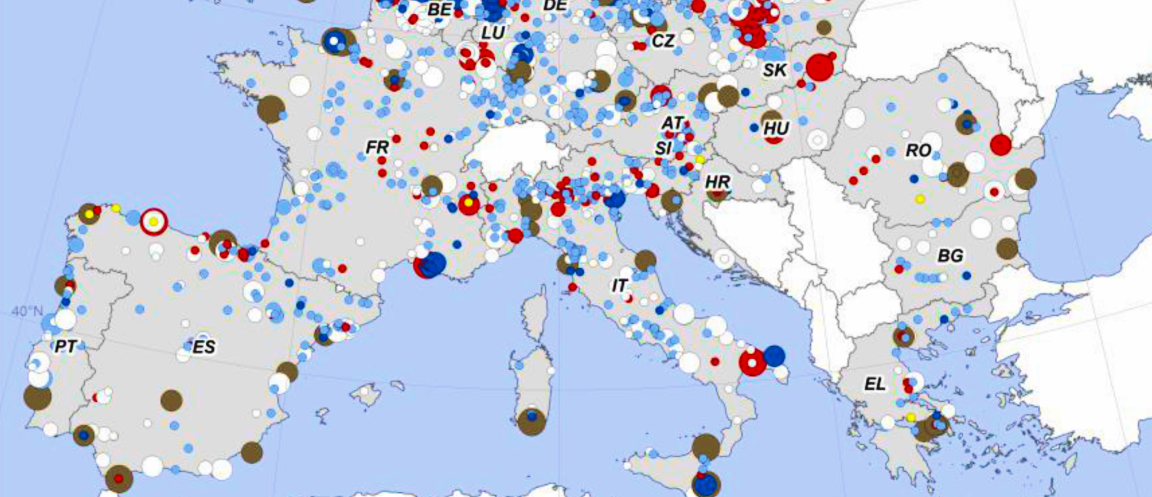
18 Feb Decarbonizing District Heating in EU-27 + UK: How Much Excess Heat Is Available from Industrial Sites?
Decarbonizing District Heating in EU-27 + UK: How Much Excess Heat Is Available from Industrial Sites?
by Pia Manz, Katerina Kermeli, Urban Persson, Marius Neuwirth, Tobias Fleiter and Wina Crijns-Graus
Fraunhofer Institute for Systems and Innovation Research
Copernicus Institute of Sustainable Development, Utrecht University
School of Business, Innovation and Sustainability, Halmstad University
Energy-intensive industries across the EU-28 release unused heat into the environment. This excess heat can be utilized for district heating systems. However, this is the exception today, and the potential contribution to the decarbonization of district heating is not well quantified. An estimation of excess heat, based on industrial processes, and spatial matching to district heating areas is necessary. We present a georeferenced industrial database with annual production and excess heat potentials at different temperature levels matched with current and possible district heating areas. Our results show a total potential of 960 PJ/a (267 TWh/a) of excess heat when the exhaust gases are cooled down to 25 °C, with 47% of the 1.608 studied industrial sites inside or within a 10 km distance of district heating areas. The calculated potentials reveal that currently 230 PJ/a (64 TWh/a) of excess heat is available for district heating areas, about 17% of today’s demand of buildings for district heating. In the future, widespread and low-temperature district heating areas increase the available excess heat to 258 PJ/a (72 TWh/a) at 55 °C or 679 PJ/a (189 TWh/a) at 25 °C. We show that industrial excess heat can substantially contribute to decarbonize district heating, however, the major share of heat will need to be supplied by renewables.
The full article can be accessed on the open access journal MDPI.

